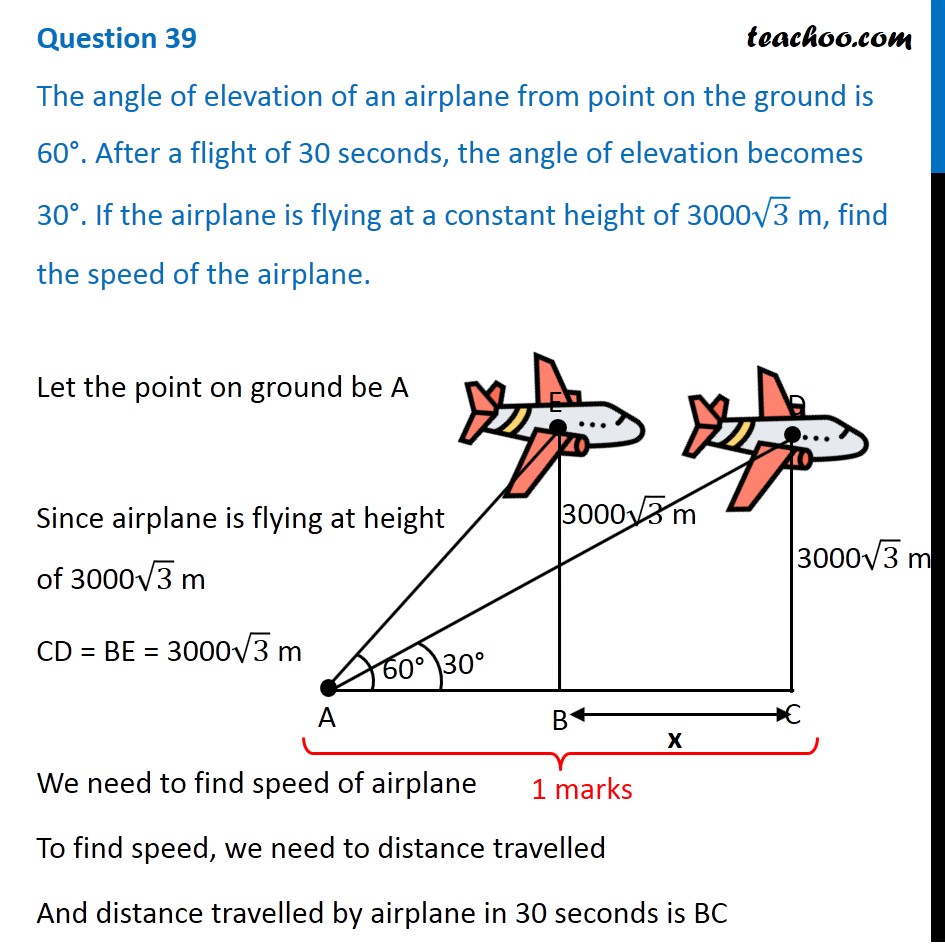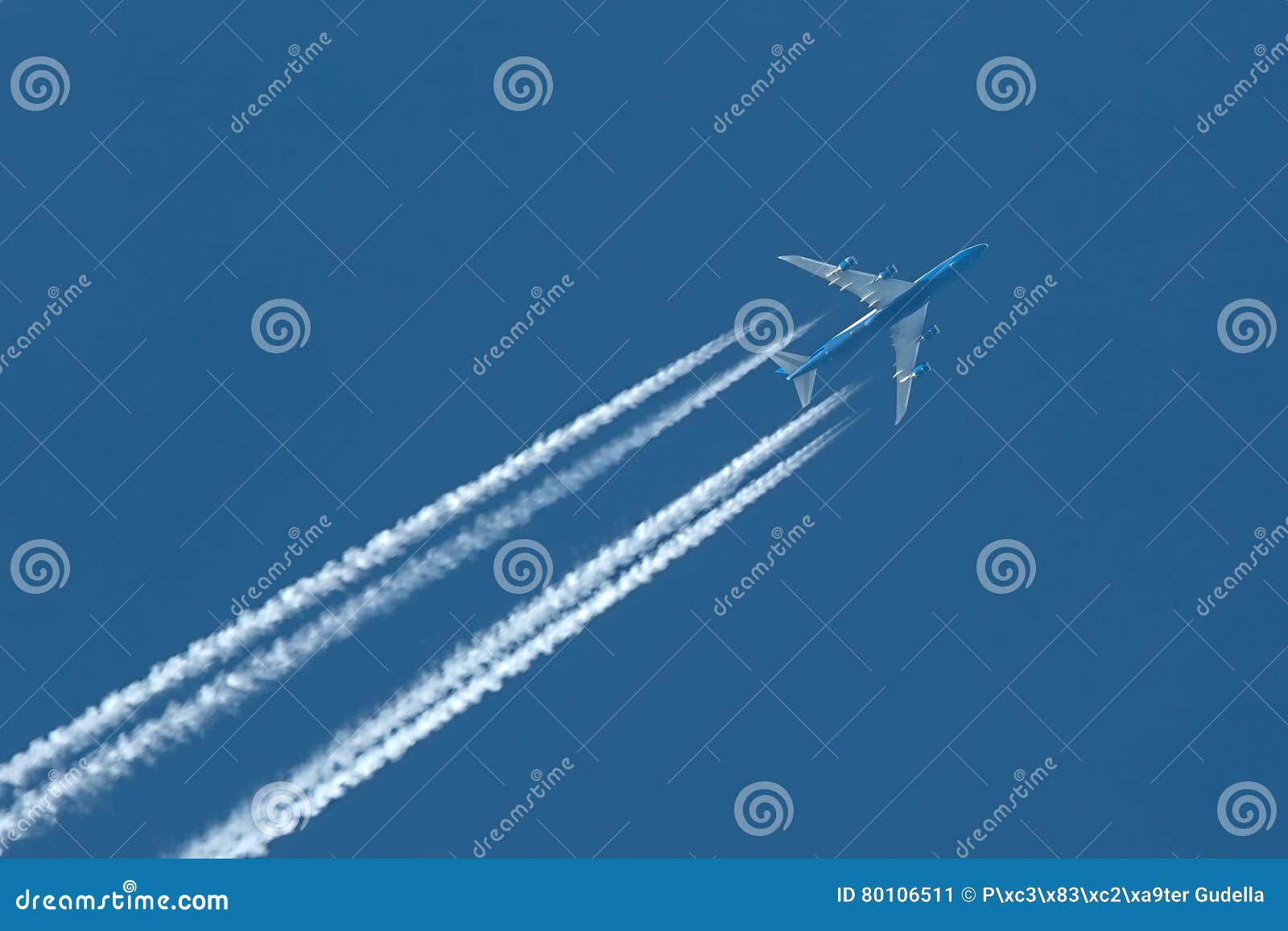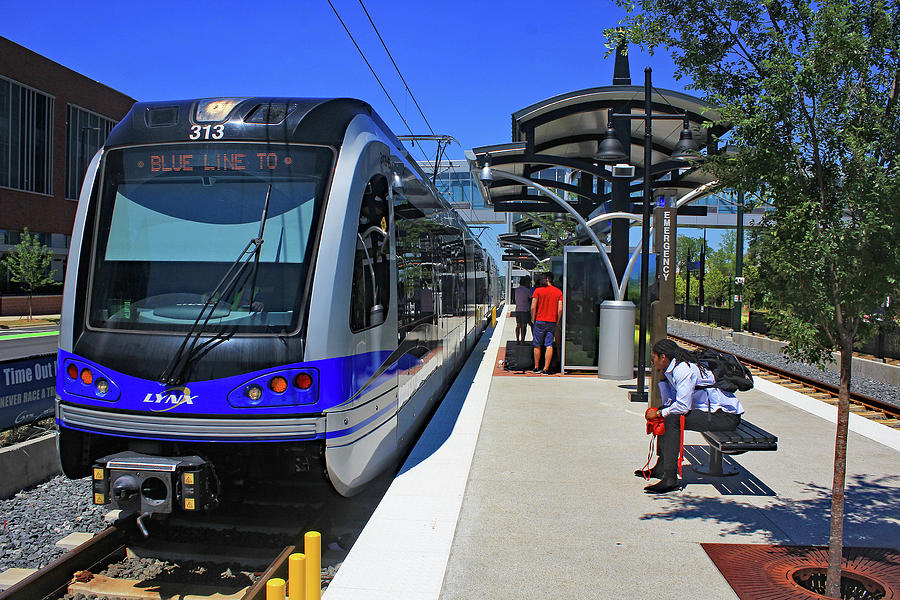Table Of Content

The ultra-long-range airplane has a maximum operating altitude of 51,000 feet. From here, the supply of air to the cabin is much the same as other aircraft, except when it comes to another important factor — moister air. The air on the Dreamliner is much more moist than on other types. You may have noticed that certain aircraft types are more dry than others. On the 787, the crew are able to set exactly how many passengers are on board. The air conditioning system then uses this number to optimize the humidity of the air being directed into the cabin creating an environment much more like that on the ground.
Transition altitude
The air is pressurized and sent to two identical air conditioning packs. Each pack has two dedicated CACs, however a single CAC is enough to power a single pack. As I mentioned above, most aircraft use bleed air to pressurize the cabin. This means that no matter how good the filtering and cleaning system, the air you breathe has still come via the engine.
A Word About Light Aircraft
How High Can Commercial Passenger Planes Fly? - Simple Flying
How High Can Commercial Passenger Planes Fly?.
Posted: Fri, 23 Jun 2023 07:00:00 GMT [source]
Given the shorter trips that helicopters take, they usually fly much lower, generally at 10,000 feet, where the air is denser and makes it easier to maneuver the flight controls. If a helicopter flies too high, the air becomes less dense, and the rotors have a higher likelihood of being unable to generate or maintain enough lift. The cruising phase of flight begins after an airplane levels off after a climb and remains until it initiates a descent for landing. Finally, longer flights benefit from flying at higher altitudes; the thinner air reduces drag, increases engine efficiency, and saves fuel. Given the extreme conditions outside, modern aircraft provide a wonderfully comfortable environment in which to spend 16 hours.
Tactics for cruise altitudes on quick trips
“The last thing we need is to evacuate an airplane in our bare feet,” he said. Now that you've gotten this far, you need to contend with the weather. Unfortunately, the same can't be said for restricted areas and other special use airspace, but a quick check on your sectional map can clear up any questions about that.
This feature allows pilots to "what if" various scenarios based on winds aloft, weight and balance and fuel requirements. "We're always looking to maximize the benefit of the wind," she said. Helicopters can also fly at various heights based on their engine capabilities. Turbine-powered helicopters can fly up to 25,000 feet but may hover at lower altitudes.
However, some airplanes are more fuel efficient than others, especially based on the type of engine they have. So some airplanes, such as those with piston engines, can only fly at lower maximum altitudes. Meanwhile, turboprops and turbine engines allow other airplanes to fly higher. The real breakthrough in technology came in 1949 with the advent of the British-made de Havilland Comet, the world's first commercial jetliner. Due to its pressurized cabin, it was able to climb up to altitudes of 40,000 feet without the need for passengers to breathe extra oxygen or wear heated suits.
How High Do Planes Fly?
To balance that out, pilots find that happy medium between fuel-saving high altitude and the slowing effects of subzero temperatures. In case you’re wondering, this is not why it’s so cold on airplanes. There are certain rules for exactly where airliners can fly, and the direction of travel can affect what altitude they will climb to. Planes flying eastward, including northeast and southeast, will fly at odd altitudes, such as 35,000 feet. Planes flying in approximately westerly directions have to fly at even altitudes. This means that planes flying in opposite directions to each other are at least 1000 feet apart, so avoiding a possible collision and making for safer flights.

But small aircraft such as those flown by private pilots cannot fly this high, and usually do not go above 10,000 feet. Flight levels[3] are described by a number, which is the nominal altitude, or pressure altitude, in hundreds of feet, while being a multiple of 500 ft, therefore always ending in 0 or 5. Therefore, a pressure altitude of 32,000 ft (9,800 m) is referred to as "flight level 320". Airline dispatchers are employed by carriers, and generally work in the company’s HQ. They control the planning and execution of their airline’s flights -- keeping track of where they are, where they are going, their fuel/weight, as well as assigning them specific routes. Most importantly, they calculate a flight’s ideal altitude and request it from Air Traffic Control, who tries to accommodate the request when giving the pilot clearance to take off.
In tiny Western Slope town of De Beque, Scottie Vines emerges as record-breaking high jumper
Whenever you fly, there seem to be weird, petty annoyances to deal with. Etiquette experts say civility in general has taken a backslide in the past few years, but it’s especially noticeable on airplanes, where everyone is packed close together. If your passengers' teeth are getting rattled out of their heads because of turbulence, they're not going to be very impressed.
Planes top 800 mph as near-record winds sweep high over Mid-Atlantic - The Washington Post
Planes top 800 mph as near-record winds sweep high over Mid-Atlantic.
Posted: Sun, 18 Feb 2024 08:00:00 GMT [source]
The planes then turn around and depart the US in the late afternoon and evening, arriving in Europe in the morning the next day. Most of the planes are heading the same way, separated by five minutes in the air. Controllers and airlines make use of the winds aloft to benefit from a tailwind and minimize substantial headwinds, knowing that the powerful jetstream winds blow at altitude always west to east. As the aircraft consumes fuel, its weight decreases and the optimum altitude for fuel economy increases. For traffic control reasons it is usually necessary for an aircraft to stay at a cleared flight level.
"For example, if there is a plane 20 miles ahead of us that reported moderate turbulence, ATC will suggest an altitude to avoid it." The Thunder Gull 2000 is a cantilevered, ultralight aircraft made by Earthstar Aircraft in California. It is comparable to other ultralights, such as the Kolb Firestar, Aeromarine Merlin, Aero‑Works Aerolite 103, Pterodactyl Ascender, and others.
He got the message, moved his foot to the right side of the seat support, and my personal bubble was once again intact. After all, there's nothing more embarrassing (and panic-inducing) than getting stuck on top of a cloud deck with no way to get down, short of declaring an emergency. Or, if you're an instrument pilot, scrambling to find charts to navigate your way down through the soup on a pop-up IFR clearance.

No comments:
Post a Comment